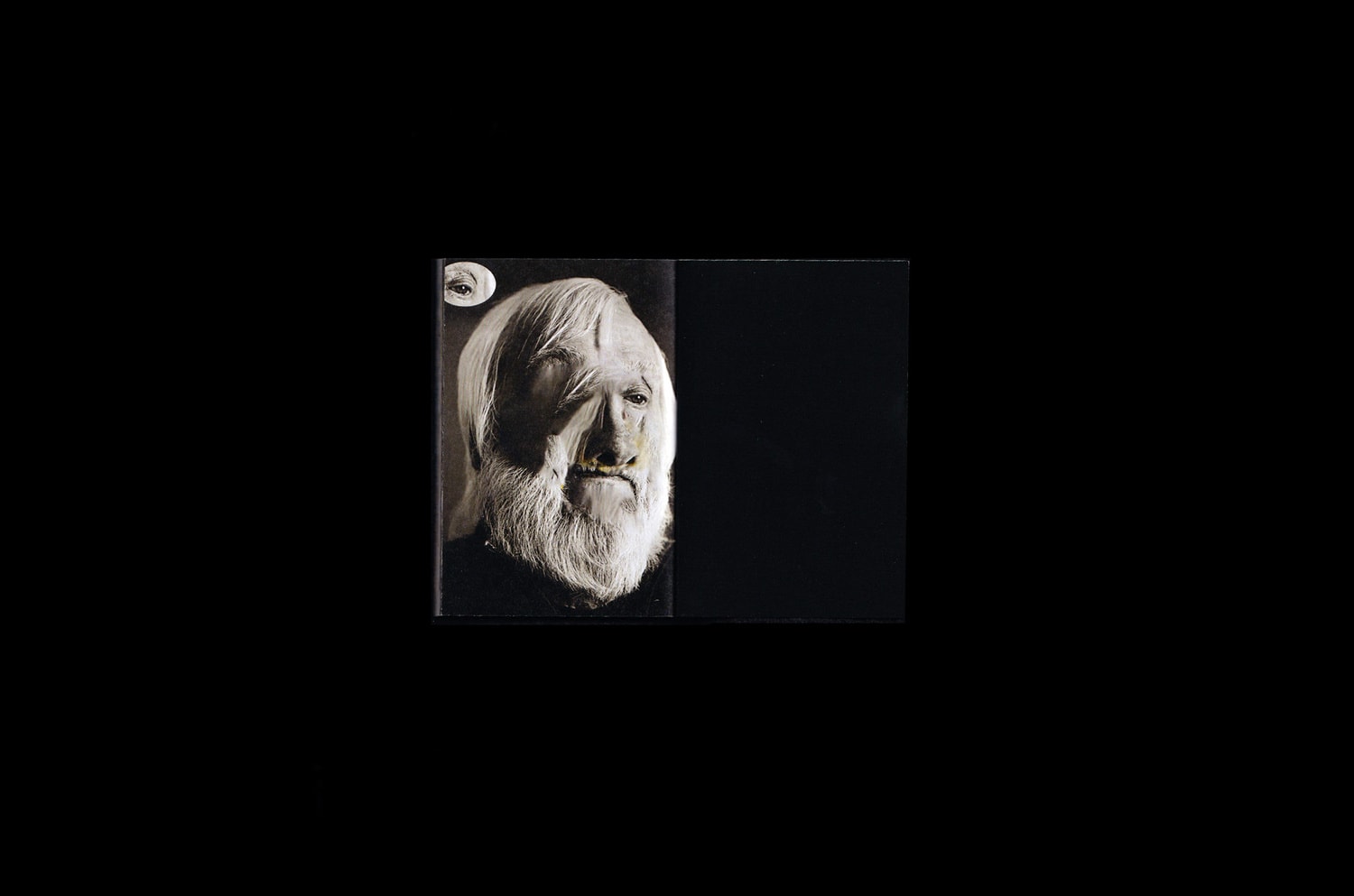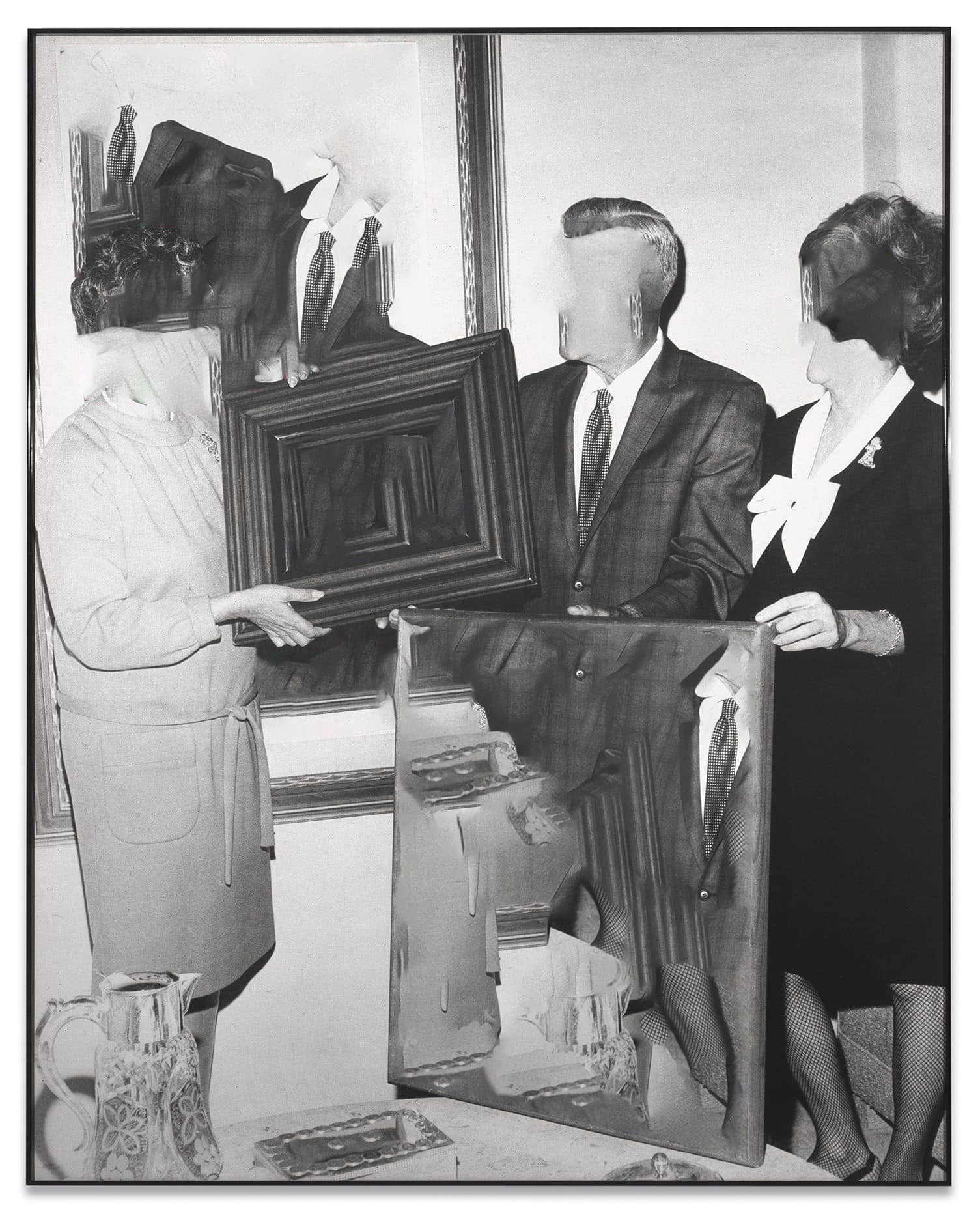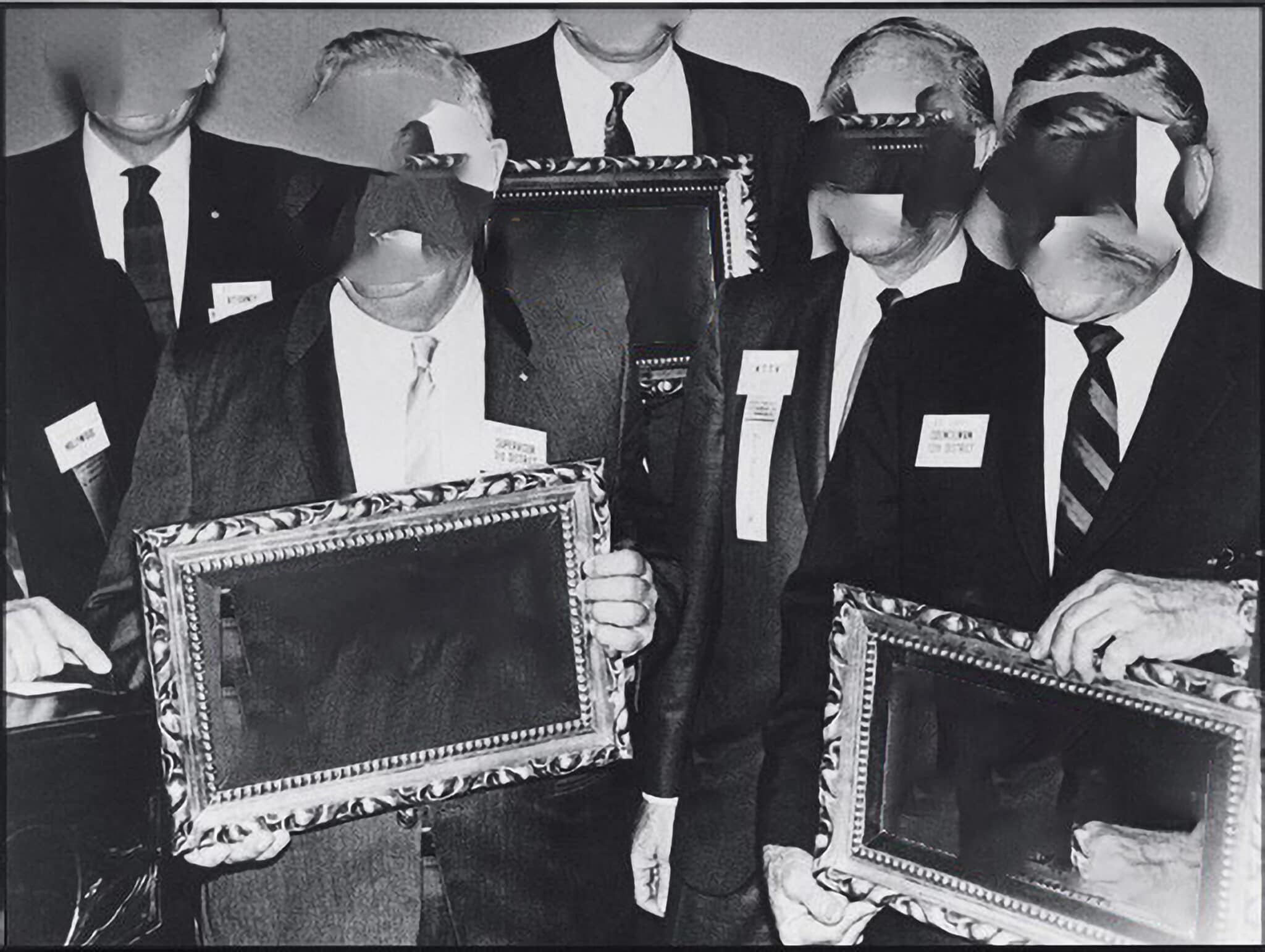
How to appropriate an (appropriate) image with an algorithm
In 2021, Argentine photographer and filmmaker Germán Britos created the Desbaldessari series, later published as a photobook: an exercise in play and appropriation based on the work of conceptual artist John Baldessari. With the help of software, Britos set out to “unbalderissation” the work of the American master. The result: new images loaded with new meanings.
By Marcela Vallejo
“In 100 years, I suspect I will be best remembered as the man who put dots on people’s faces,” said John Baldessari in a video tribute (with Tom Waits’ gruff narration), perhaps with more sarcasm than modesty. The work of the American master has been a source of inspiration and influence for many artists. Not for nothing was he called “the grandfather of conceptual art.” His most recognized works are intervening images: some are photographs taken by himself, and others are appropriated, interfered with colored dots, stains, or shapes that are usually on the faces of the people portrayed.
Argentine photographer and filmmaker Germán Britos is not precisely an artist Baldessari influenced, but he saw a possibility for visual exploration in Baldessari’s work. In 2021, Britos took a workshop at the Freezer Platform with Martin Bollati titled “Errar Los Aparatos.” The workshop sought to promote a critique of the photographic apparatus by playing with the idea of misinterpretation as a creative tool.
From the exercises and the questions that arose in the workshop, Britos was left with some ideas that could be expressed in words such as algorithm, artificial intelligence, photographic gesture, or appropriation. Besides, he already had a particular affinity with practical ways of creating images. Among his references, for example, are the Japanese Daidō Moriyama or Daisuke Yokota, the Americans Lee Friedlander or Garry Winogrand, or painter-photographers such as the Argentine Arturo Aguiar.
With all that background and, above all, instigated by Bollati’s workshop, Britos proposed Desbaldessari, an exercise of “appropriating appropriation”: he took Baldessari’s appropriated and intervened images and “to all those things that he covered with colors, dots, and things, I applied a Photoshop algorithm to try to reconstruct the previous image, that is, what was there before Baldessari made his intervention.”
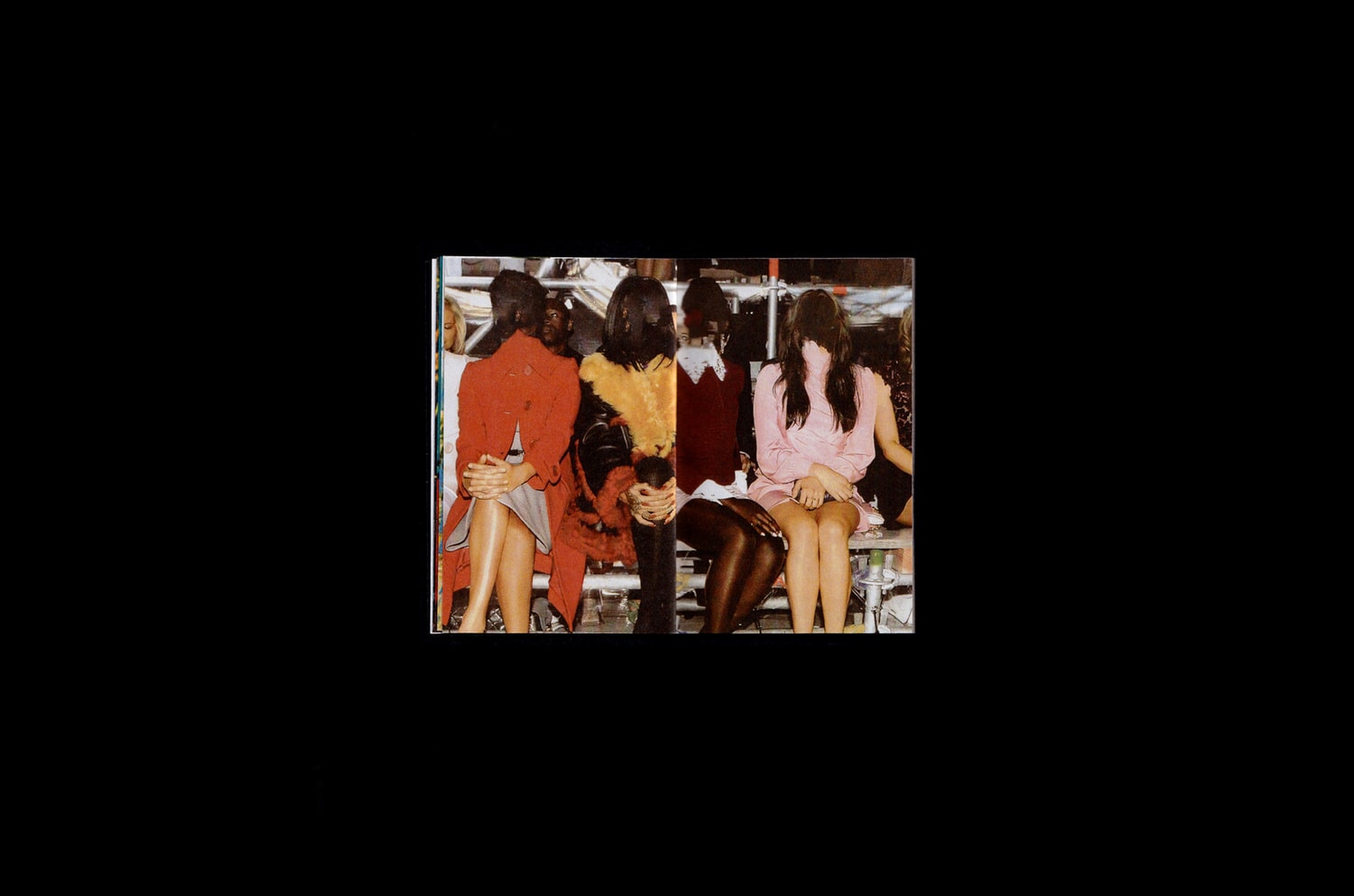
For Britos, it is evident that neither he nor the algorithm could recover the original image. That was not the goal. He did not have a specific picture in mind. He guided the algorithm, and the algorithm completed the painting, which also resulted in the Romanized idea of the beautiful image falling apart. “It didn’t matter if the resulting image I liked or disliked or looked like it could be better. I put that aside and trusted the procedure and the specific gesture of unbalderissation.”
Desbaldessari was edited by Martin Bollati and presented as a photobook in the Enigma en Sed, the publishing house he directs. This collection has a series of publications united by “the exploration of mystery in the photographic image.”
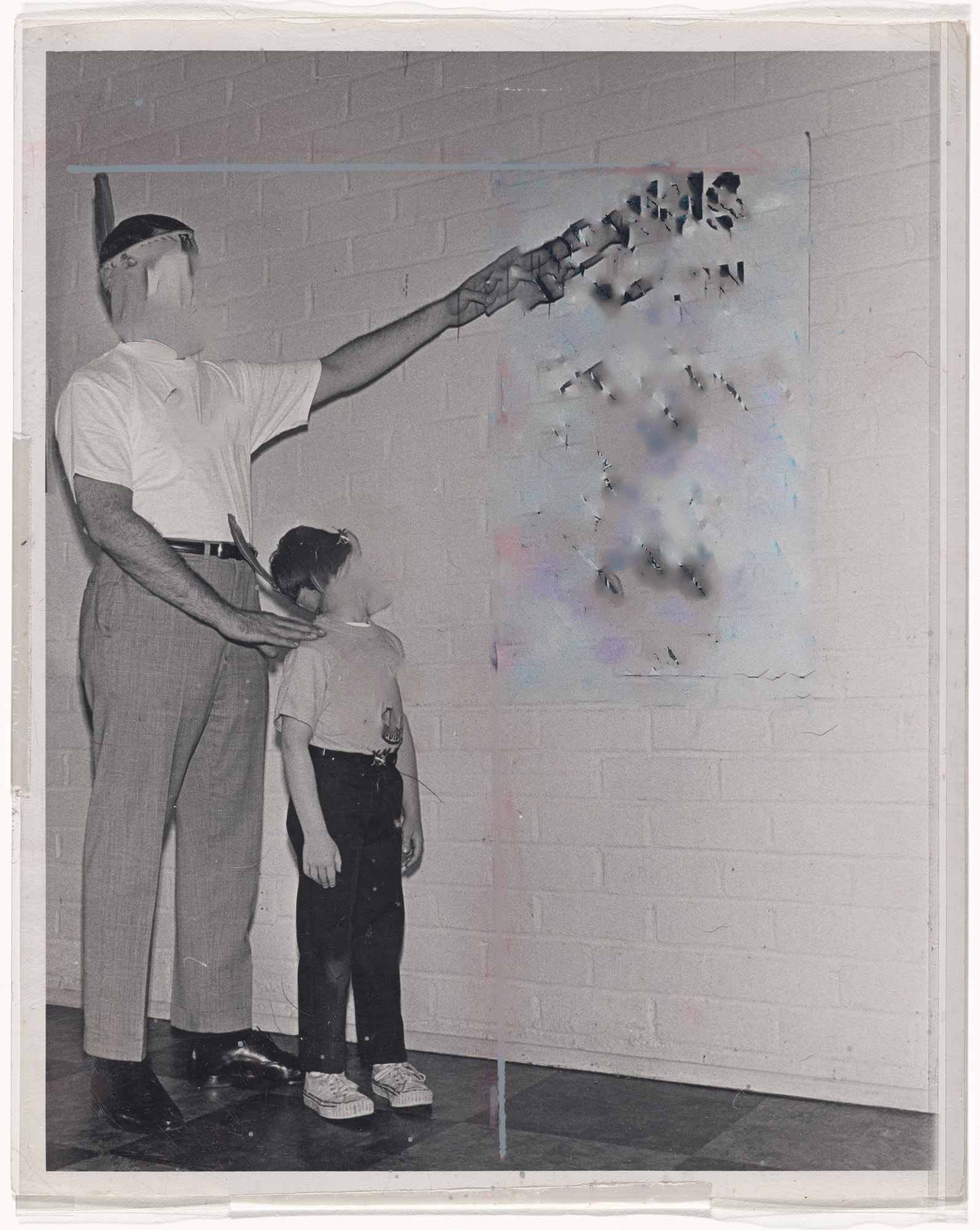
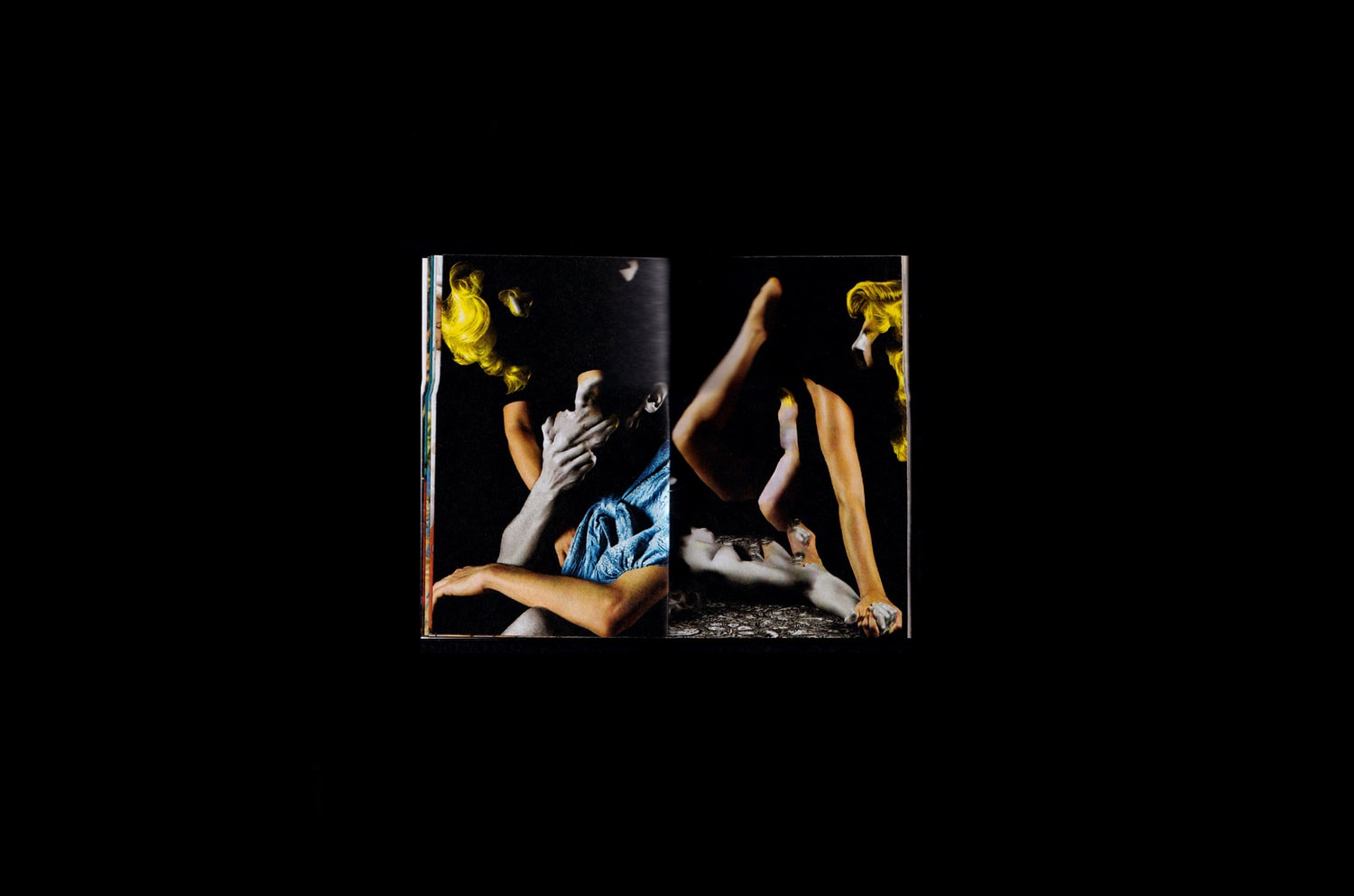
The name of the work comes from the idea of “unbalderissation,” that is, to reverse the original procedure of appropriation and intervention of photographs and, in the game, build new images. In the text that introduces his photobook, Britos is more eloquent: “Desbaldessari is engendered as a playful and rapturous approach, full of appropriations, concealments, and interventions. Algorithms and automation are those who invert the Baldessari gesture. A mechanical and reiterative process that folds, twists and twists. It exhausts itself. In its attempt to return those images to a previous state, it stumbles and stumbles. We all know it is impossible to revive a dead man.”
